
Dear community members,
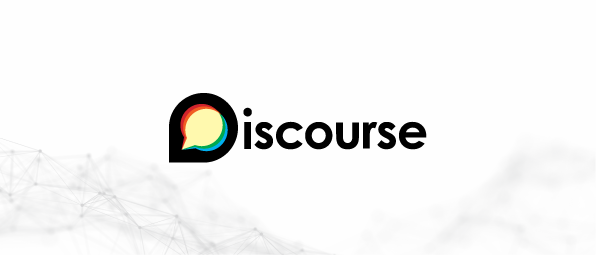
As mentioned in a previous newsletter, our NS-community Hub has been live for a while. Among its many resources, one feature we'd like to highlight is the Discourse forum. The forum is a tool for developers, analysts, architects, and anyone with questions about NS theory or the implementation. You'll be able to connect and share knowledge with others working in the same field at other companies.
Today we like to highlight the “Newsletter Topic” available on the Discourse forum. Currently, we publish two versions of our newsletter: one that's sent out by email, and a second one that is publicly available on our site, Stars-end.net. However, due to privacy policies at some of the collaborating organizations, not all content will be publicly available. Instead, an extended version of the newsletter is shared exclusively on the Discourse forum. So, joining the forum can be informative.
NSX employees can log in directly using their company accounts. If you're affiliated with a partner company or another organization, email us, and we'll review your request for access after which you'll be able to create an account and log in.
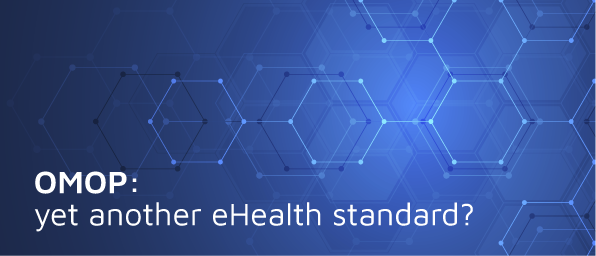
Within one of the eHealth projects, a capability is requested to provide the data in the OMOP CDM (Observational Medical Outcomes Partnership Common Data Model) structure. OMOP CDM is used in health research to standardize the structure and content of datasets, enabling researchers to perform analyses over multiple separate datasets.
At first glance, this resembles the goals of the FHIR standard. However, FHIR focuses on the data exchange of primary use data, which is reflected in its focus on defining encapsulated JSON resources and the REST interface layer. OMOP on the other hand focuses on the secondary use of data, defining a SQL database structure adhering to data warehousing patterns.
From the NS point of view, both the data mapping and technological interfaces are considered to be external concerns, which should be separated from the internal data model of the application. The FHIR expanders already provide a consolidated way to provide FHIR interfaces, but the decoupling of these concerns will further be exemplified by this additional mapping to OMOP, with its separate mappers and technological integration.
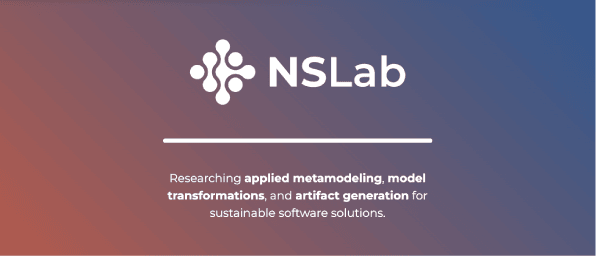
The long-term evolvability of front-end applications can be challenging as user demands and stakeholder expectations continue to shift. In his new paper Jan Slifka, a member of the Normalized Systems Laboratory (NSLab) at CTU Prague, demonstrates how NS Theory can be applied to Interaction Flow Modeling Language (IFML)-designs for generating maintainable Elm applications.
IFML can be used to generate source code in Elm, a programming language for web frontends. This study ensures long-lasting stability in two key ways. It defines the alignment of the code with the NS-principles. And the research validates how expanders and harvesting mechanisms preserve evolvability while allowing custom code modifications. A significant step in the integration of IFML for the use of long-lasting frontend solutions.
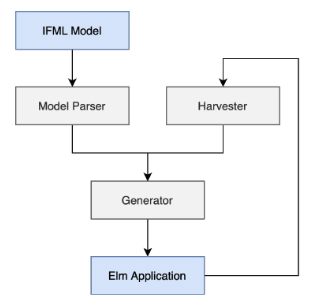
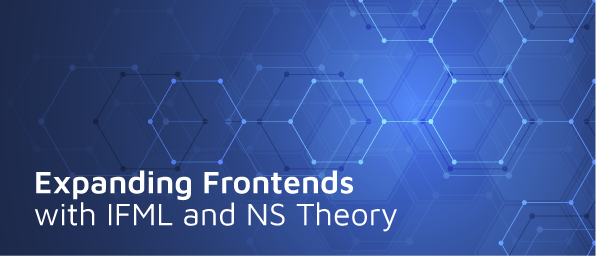
Digital systems can make public administration more adaptable and future-proof. With this message in mind, several parties within and outside the Dutch government are writing a manifesto to draw attention to the importance of software (code) when shaping policy and government. Once the manifesto is completed, the writers will present it to the new cabinet responsible for Digital Affairs.
In the past, various commissions and experts have emphasized the strategic importance of IT, but the quality of the software itself tends to be forgotten. Software is not just a tool for digitalizing processes. It can also translate laws and policies in practical systems.
For years, the government outsourced IT to the market, expecting efficiency and innovation. But translating complex, ever-changing law into code has proven to be a challenge. Rules, procedures and reliance on external contractors have created rigid IT-departments. While agile methods can improve communication, they haven't proven to make solutions faster, cheaper or more effective.
Moving forward, software must be treated as strategic capital, and this requires investments in bridging the gap between legislation and IT. By recognizing software as a foundation of public administration, the government can build a system that can keep up with society's changing needs.
